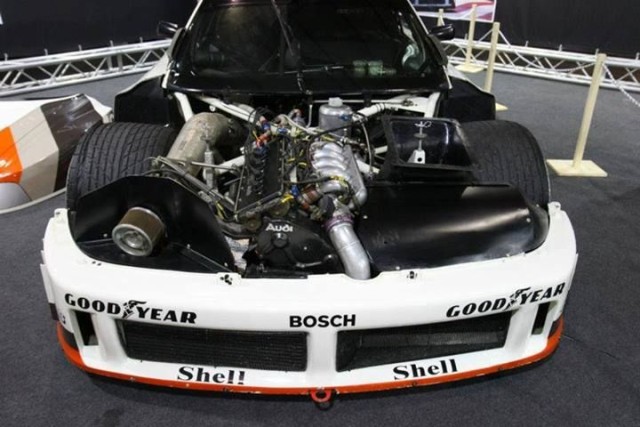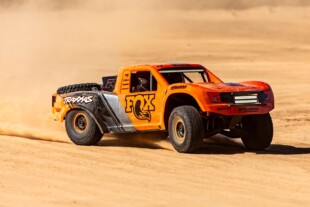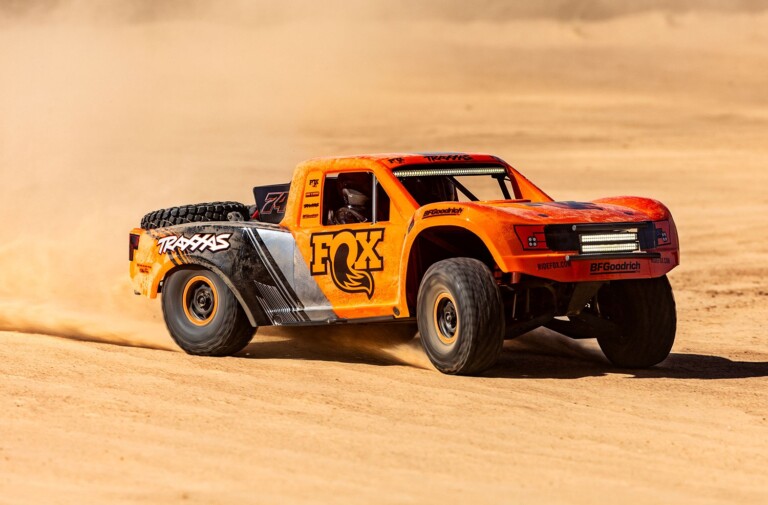By the mid-eighties, Audi had successfully made its mark on rally racing with four-wheel drive. Not content to reign supreme on just the loose stuff, they set their sights towards the hard-charging world of IMSA racing in the United States, where the rules were relaxed and the budgets were astronomical.
The Quattro system was developed over the course of the eighties, and the tech-heavy era welcomed new forms of technology. Nevertheless, the American IMSA GTO series welcomed and rewarded the big-bored Corvettes, and Audi, perhaps with a bit of Bavarian smugness, looked to throw convention to the wind. They were also looking to improve their public image in the States after a slew of brake and throttle claims against the company, but that’s another story.

Audi revised the air dam for downforce and the substantial amount of cooling needed for the turbocharged motor.
The IMSA GTO car shared very little with the road-going car, as one might guess looking at those massive, widebody fenders, and the ludicrous, double-decker rear wing – only the roof was carried over from the road-going 90. The tube-framed chassis was draped in carbon fiber body panels, which brought weight down to a respectable 2,650 pounds. The 2.1-liter, inline-five motor made somewhere between 510 and 730 horsepower. Being a small, turbocharged engine, its peaky nature and the lack of low-end torque was a serious disadvantage, especially when short corners were involved.
As many of the races in IMSA were conducted on narrow, wall-lined street courses with their fair share of slow hairpins, the Audis were immediately competitive with their ability to put all that power cleanly to the asphalt while their rear-drive opponents were stuck spinning their wheels. Even if the American offerings managed to keep up on fresh tires, four-wheel drive allowed the Audis to treat their rubber more gently; so their overall race pace improved.
Though Audi devised a six-speed, syncromesh transmission to harness the power, the IMSA rules of the day limited the number of forward gears to five, and the final gear was disabled. Though the narrow powerband and limited number of gears was a challenge, Audi compensated, once again, with immense traction. The drivetrain deployed that power in a clever way, especially for the times. The center differential, a Torsen type, would send power to the limited-slip front and rear diffs and then to the massive, 14-inch slicks housed within the absurdly-wide fenders.

In typical Audi fashion, the motor was mounted completely ahead of the front axle. Somehow, the car still turned well.
Audi’s main competitors for the 1989 season were the IMSA Mercury Cougars, which were able to swap between a 5.5-liter, normally-aspirated V8 for long courses and a 2.3-liter, turbocharged four-cylinder for street circuits where turn-in is all-important. Those cars had a definite advantage in weight distribution, since the Audi’s five-cylinder sat entirely in front of the front axle.
Because the German marque missed Sebring and Daytona that year, they were just edged out of the title; the Cougars had scored points in every event. However, Audi driver Hans Stuck Jr. managed to cross the finish line first seven times that year. Had they competed in all the events that year, the title might’ve been handed to the Bavarians. Not a bad first attempt, though.




















